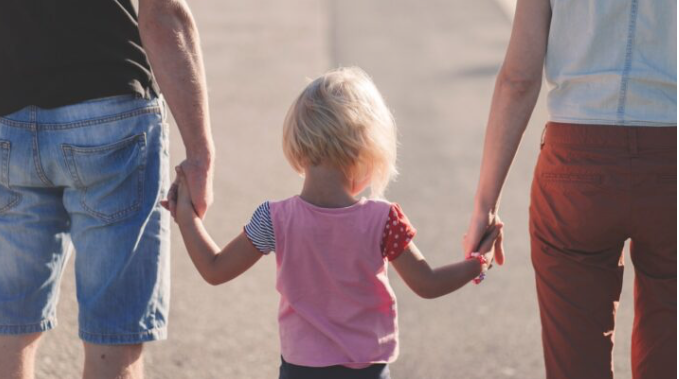CommentsPOLITICAL LANDSCAPE - Families, and the lack of them, are emerging as one of the great political dividing lines in America, and much of the high-income world.
The familial ideal was once embraced by all political factions, except on the extremes, but that is no longer the case.
This is among the biggest lessons from the Republicans’ big electoral wins earlier this month. Areas close to Washington DC, where singles predominate and birth rates are negligible, remained Democratic, but in the suburbs, from Northern Virginia to Dallas to Long Island, where the families roam, voters shifted to the centre-right. It’s a poor omen for Democrats, who made strong gains in these areas in 2018.
Virginia’s new governor, Glenn Youngkin, hit the jackpot by attacking the education establishment – and the teachers’ unions – for its woke indoctrination of kids and arrogant attitude towards parents. According to some pre-election polls, governor-elect Youngkin beat Democrat Terry McAuliffe by 15 points among parents and cut the GOP deficit in half from 2020, even in staunchly Democratic areas. Many Virginians, not just knuckle-dragging Trumpistas, object to having their children’s brains washed with racialist ideology by their ‘betters’.
Yet if these results demonstrated the still existent potency of family voters, the power of the radical education agenda reflects the growth of non-families – particularly in the deep-blue precincts of the inner city, but more widely as well. In the United States, more than a quarter of households in 2013 were single-person households. In urban areas like Manhattan, that figure is estimated at nearly half. In 2018, a record 35 per cent of Americans aged 25 to 50, which is 39million people, had never been married, according to a new Institute for Family Studies (IFS) analysis of US Census data. The share was only nine per cent in 1970.
For many people, having offspring seems like an impossible dream, a luxury item, as the costsassociated with child-rearing, including school and housing, have risen far faster than incomes. Overall, young Americans place much less of a focus on having children than their parents did – a worrying sign. Already in 2020 half of US states have experienced more deaths than births, which was only partially due to Covid.
This reflects a global phenomenon that has been building for decades. Europe – including Germany, Austria, Italy, Greece and most of Eastern Europe – now experiences some of the world’s lowest fertility rates. As in the US, more children who are born do so out of wedlock. In Britain eight per cent of households in 1971 were headed by a single parent; now the rate is over 22 per cent. In the Scandinavian countries around 40 per cent of the population lives alone.
But the greatest shift has been in East Asia. All the emerging ‘tigers’ – South Korea, Taiwan, Singapore – have rock-bottom fertility rates, and face enormous shortages of young workers. China has a similar divide. Despite changes in family policy, the Chinese workforce is due to drop by 20 per cent by 2050. The situation is even more dire in Japan, where the overall population is expected to fall by 30million from its 2014 numbers (also by 2050) and continue down from there. Japan has a rising ‘misery index’ of divorces, single motherhood and spousal and child abuse – all of which are accelerating the country’s disastrous demographic decline and deepening class division. More and more people are not only living alone but also dying alone. There are estimated to be 4,000 ‘lonely deaths’ in Japan every week.
This demographic shift has a powerful geographic, and thus political, dimension to it. US states like New York, Massachusetts, Illinois, California and Pennsylvania have experienced plunging birth rates and diminishing youth populations, while those of Texas, Utah, Florida and Arizona have grown by double digits. The losses are particularly profound in large urban centres, like Chicago and Los Angeles. LA alone lost three-quarters of a million young people over the past two decades.
Demographer Wendell Cox points out that the number of people aged six to 17 in the US’s downtowns is far lower than in the suburbs and exurbs. These patterns, he suggests, can be seen in First World cities around the world. We may be witnessing two political cultures, divided between suburban and exurban areas, where children are common, and urban centres, where they are not.
Read the rest of this piece at Spiked.
(Joel Kotkin is the author of The Coming of Neo-Feudalism: A Warning to the Global Middle Class. He is the Roger Hobbs Presidential Fellow in Urban Futures at Chapman University and Executive Director for Urban Reform Institute. Learn more at joelkotkin.com and follow him on Twitter @joelkotkin.)






